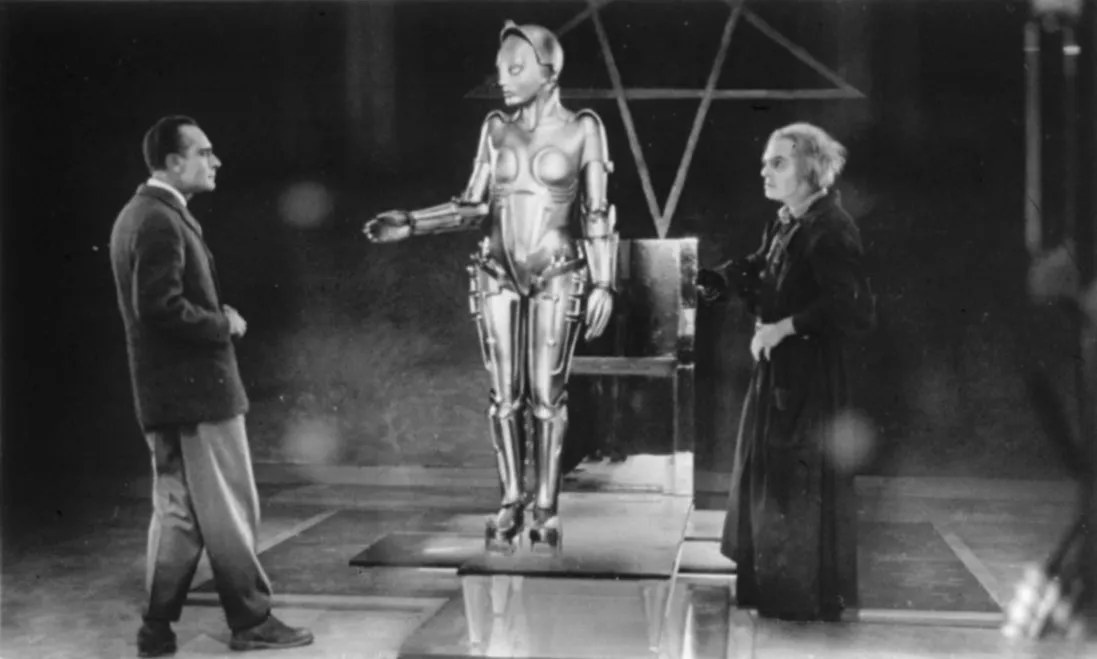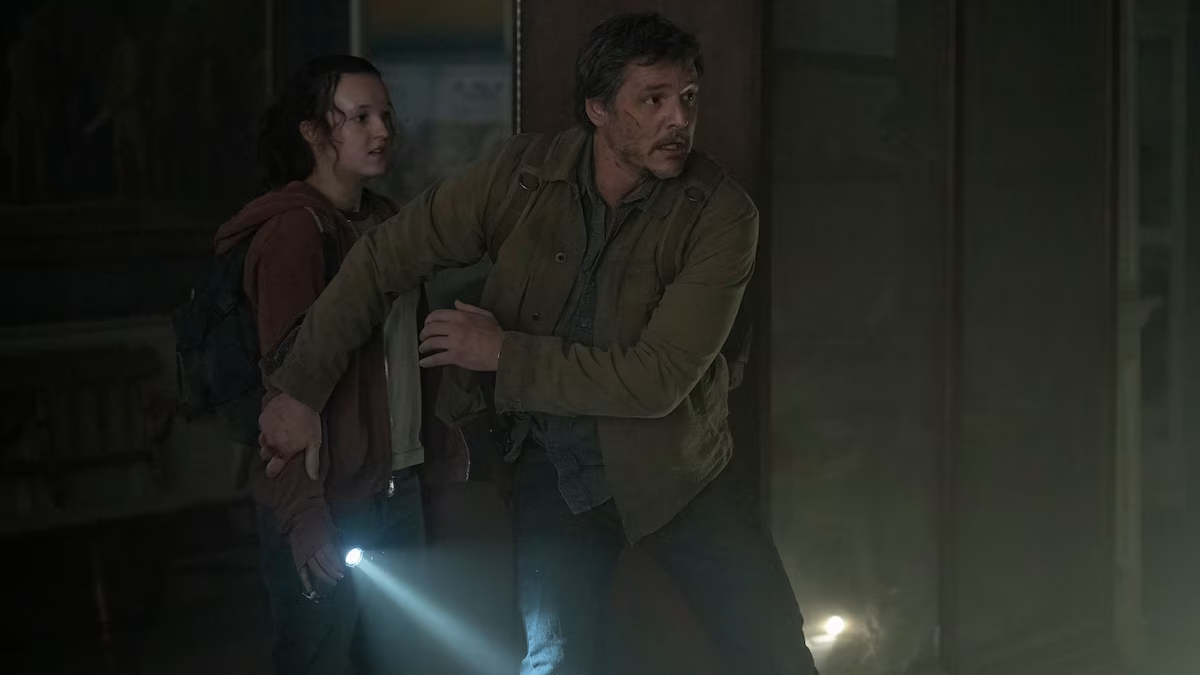Metropolis (1927)

Metropolis (1927) is a pioneering science fiction film directed by Fritz Lang, renowned for its monumental influence on the genre and its groundbreaking visual effects. Set in a dystopian future, the film is notable for its ambitious scope and innovative techniques, which have cemented its place as a seminal work in cinema history.
The film is set in a sprawling, futuristic city where society is sharply divided between the wealthy elite and the oppressed workers. The upper-class inhabitants live in luxurious skyscrapers and enjoy a life of ease, while the workers toil in harsh conditions underground, operating the machines that keep the city running. The narrative explores themes of class struggle, industrialization, and the potential consequences of technological advancement on human society.
At the heart of the story is the character of Freder Fredersen, played by Gustav Fröhlich. Freder is the son of the city’s ruler, Joh Fredersen, portrayed by Alfred Abel. When Freder discovers the dire conditions under which the workers live, he becomes determined to bridge the gap between the two classes. His journey leads him to a mysterious woman named Maria, played by Brigitte Helm, who is a spiritual leader for the workers. Maria’s role becomes pivotal as she introduces Freder to the plight of the workers and the prophecy she holds about a mediator who will unite the two classes.
One of the film’s most iconic elements is the character of the Maschinenmensch, or “Machine-Man,” portrayed by Brigitte Helm in a dual role. The Machine-Man is a humanoid robot created by the antagonist, Joh Fredersen, with the intent of inciting chaos and rebellion among the workers. This character is famous for its elaborate and highly stylized design, including its mechanical movements and striking visual effects, which were revolutionary for the time.

The visual style of Metropolis is marked by its grandiose set designs and the use of innovative special effects. Lang and his team employed groundbreaking techniques, including miniatures, rear projection, and expressive lighting to create a highly stylized and visually arresting depiction of a futuristic city. The film’s depiction of Metropolis itself is both awe-inspiring and menacing, reflecting the stark divide between the opulence of the ruling class and the grim reality faced by the workers.

The film’s influence extends far beyond its own era. It has been cited as an inspiration for numerous other works in science fiction and has left a lasting imprint on both visual aesthetics and thematic concerns in cinema. Its depiction of a technologically advanced society with deep social divides has resonated with audiences and creators alike, influencing subsequent works ranging from Blade Runner to The Matrix.

Metropolis underwent several edits and restorations over the decades. The original version, which was released in 1927, was heavily cut and edited, leading to the loss of substantial portions of the film. However, efforts to restore and reconstruct the film have been ongoing, with several versions released over the years that attempt to present a more complete version of Lang’s vision.

In summary, Metropolis is a landmark in film history, celebrated for its visionary storytelling, innovative special effects, and profound exploration of themes relevant to its time and beyond. Its legacy endures as a testament to the power of cinema to imagine and influence the future.











